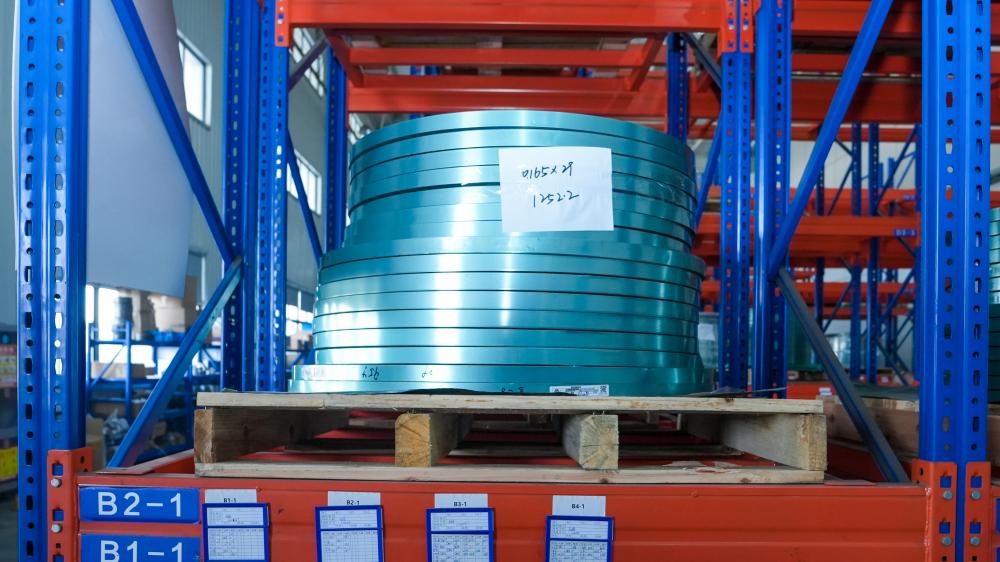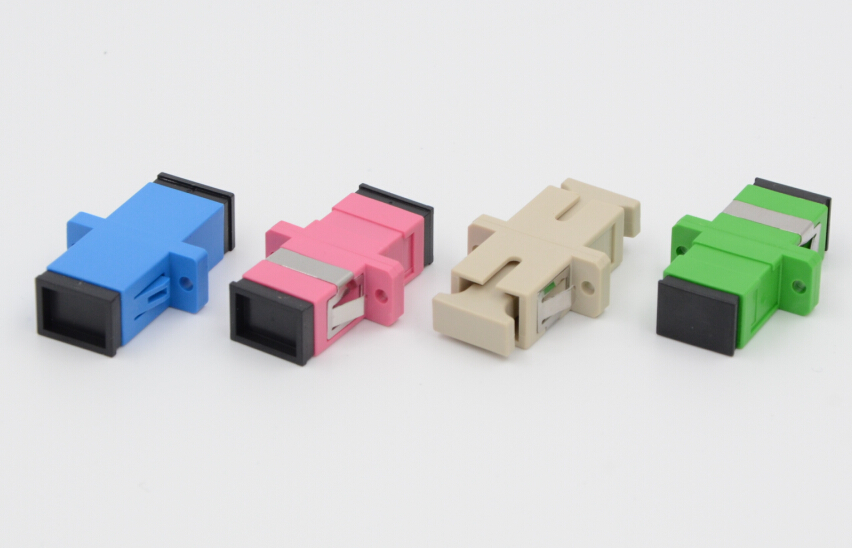While the world thinks about sustainability now, cable and fiber technology-presents a convincing, green alternative to copper-based systems. Oyi International, Ltd., one of the best fiber optic companies in Shenzhen, China, has led the revolution since it started its operation in 2006. With its own Technology R&D team of over 20 professionals, OYI provides innovative products-ADSS, ASU, Drop Cables, and OPGW-to 143 countries and develops long-term friendships with 268 customers. Such kinds of solutions introduce high efficiency and low environmental impact to telecommunications, data centers, CATV, and industrial processes. Compared to copper cables, optical fibers consume less energy during production, have no poisonous metals such as lead or mercury, and are highly durable, reducing wastes by a tremendous margin. The passage discusses how optical fiber technologies, as the wide range of OYI products demonstrates, possess tremendous environmental benefits and play a great role in sustainable development worldwide.

Less Environmental Impact in the Production
Manufacturing in optical fiber cable is the complete opposite of copper cable, and that is more ecofriendly and sustainable. Manufacturing in copper includes power-hungry mining and processing that emit harmful gases such as sulfur dioxide into the air and pollute the air. Optical fibers, primarily crafted from silica-a naturally abundant resource-require far less energy to produce and exclude toxic heavy metals, reducing the risk of soil and water contamination. OYI's Double FRP Reinforced Non-Metallic Central Bundle Tube Cable is a prime example of this eco-conscious design, prioritizing durability with minimal environmental cost.
Longevity and Resource Efficiency
One of the most significant environmental strengths of optical fiber cables is their longevity, which far surpasses that of copper alternatives. With lifespans often exceeding 20-30 years, optical fibers resist corrosion and moisture, temperature fluctuations-factors that degrade copper more quickly. OYI's ASU cables and fiber optic connectors are engineered for such durability, reducing the need for frequent replacements and thereby conserving raw materials. This longer life cycle means that less waste finds its way into landfills, which addresses one of the core challenges of sustainability. Furthermore, the light weight of optical fibers compared to copper wires' mass cuts down transport and installation energy. By maximizing resource usage and minimizing waste, optical fibers consolidate values of circular economy, ensuring telecommunication networks contribute to sustainable development.

Energy Efficiency in Optical Communication
Fiber optic cables enable optical communication, and optical communication is the most energy efficient in data communication, an extremely crucial parameter in reducing the carbon footprint of connectivity today. Copper wires also experience minimal signal loss or attenuation, hence power-hungry and constant signal amplifiers are required. Optical fibers experience low fiber attenuation, and data can travel humongous distances with hardly any wastage of energy. OYI's fiber optic attenuators and WDM (Wavelength Division Multiplexing) series amplify this efficiency, supporting high-speed, low-power data transfer in applications like Fiber to the Home (FTTH) and Optical Network Units (ONUs). This reduction in energy use translates to lower greenhouse gas emissions, a critical advantage as global data demands continue to soar. Optical fibers thus provide a sustainable solution for scaling connectivity without compromising environmental goals.
Contributions to Green Working and Living
The large-scale deployment of fiber optic cables has transformed working and living patterns, making environmentally friendly conduct in accordance with sustainable development principles. Secure, high-speed optical communication, powered by OYI's FTTH Boxes, PLC Splitters, and OYI Fast Connectors, enables telework, e-education, and telemedicine. These technologies reduce the physical requirement for transport significantly, thus the traffic carbon footprint significantly. For instance, a single remote worker can conserve 2-3 tons of CO2 annually by not commuting daily. Similarly, online learning solutions minimize the level of environmental degradation that goes into establishing and preserving physical campus facilities, conserving resources.

Major Environmental Advantages of Optical Fiber Cable
Reduced Power Consumption: Reduced power consumption during manufacturing and operation compared to copper cable systems.
No Hazardous Metals: Does not have toxic metals, preventing environmental pollution.
Less Waste: Greater life implies lower replacement rate and waste.
Less Carbon Emissions: More transmission and telework minimize emissions.
Resource Conservation: Lightweight conserves raw material and shipping.
Environmental benefits and sustainable development possibilities of cable and fiber optic technologies are central and wide-ranging. From their energy-saving production to making possible low-carbon living, these technologies present a second-order choice over conventional systems. OYI’s comprehensive range-ranging from ADSS to ASU cables and FTTH solutions-takes the lead in this green revolution, facilitating connectivity with minimal or zero environmental cost. As people and companies alike become more and more interested in being sustainable, optical fibers are a cost-effective, practical solution, confirmation that technological progress and global conservation can, and do, go hand in hand.

 0755-23179541
0755-23179541  sales@oyii.net
sales@oyii.net
